Madrid Infantil Pavilion is a project that creates a sun shade pavilion that is parametrised depending on the solar radiation during the day. In order to create the form, the weather data of Madrid was considered through ladybug and experimented with kangaroo minimal surfaces as a form finding solution. The initial form was created based on the site perimeters. Simple cubic forms were used to create the initial design which was later on modified to add entrances. After running the solver for the minimal surfaces, the solar radiation for the achieved geometry was analysed to create parametric openings.
SITE
The site chosen for the project is the Parque Infantil located in close proximity to the Madrid Mendez Alvaro Estacion Sur
Area = 1723 sqm
Coordinates = 40°23’41.38”N 3°41!56.24”W
Elevation = 596m
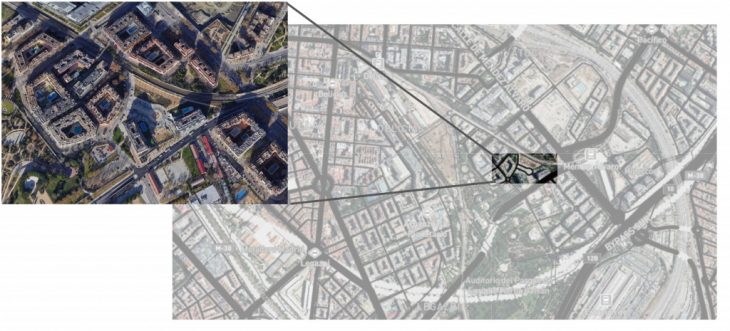


CLIMATE ANALYSIS
Global Horizontal Radiation

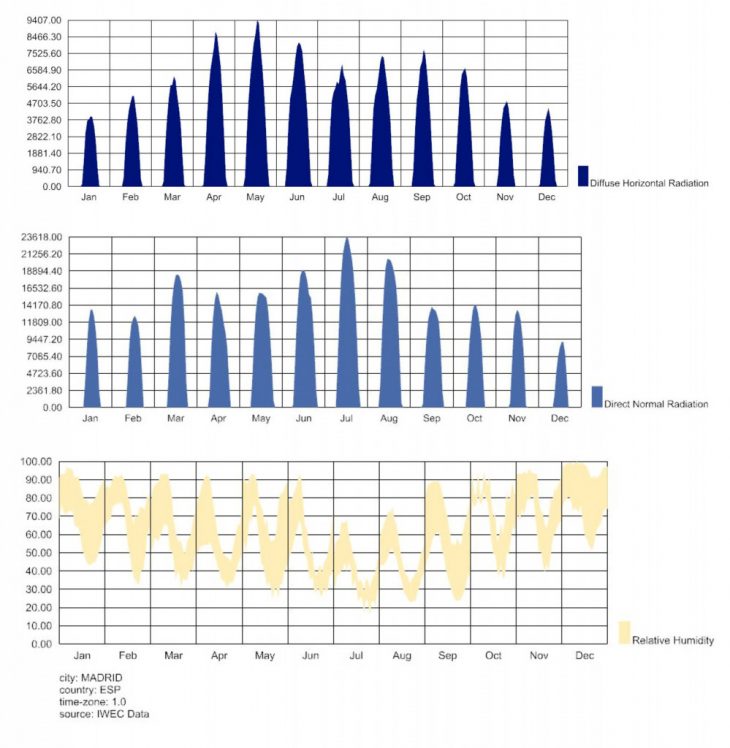
Madrid experiences the warmest temperatures from June to August
Direct Sun hours

More than 75% of the site receives 13 hours of sun during the summer.
Radiation
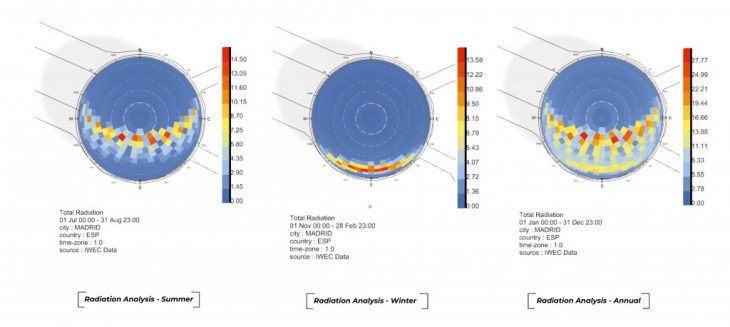
Sun-Path
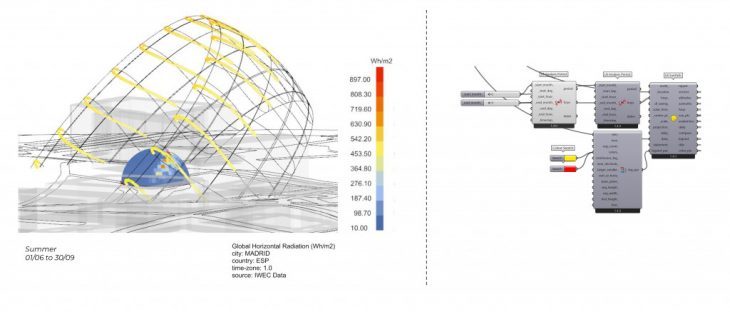
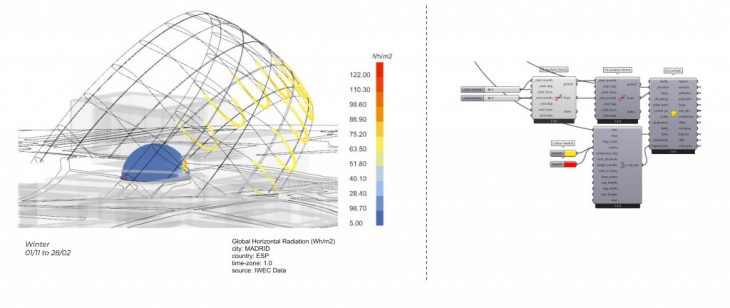
Windrose
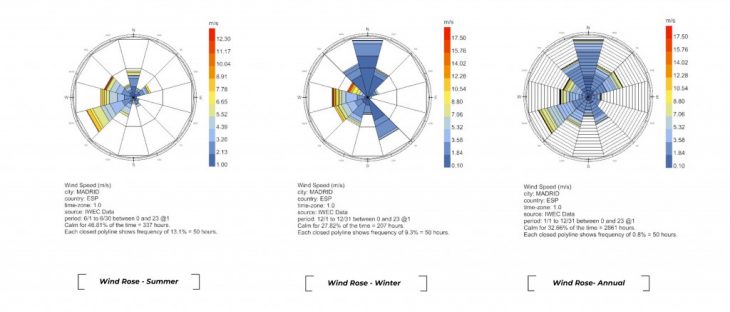
GH PROCESS
Computational Logic
- Form Finding – Minimal Surfaces
- Radiation Analysis
- Galapagos for Optimization of Orientation
- Planarization
- Panelization
- Parameterization of Panels (adapt and react to the sun)
- Panel Fabrication
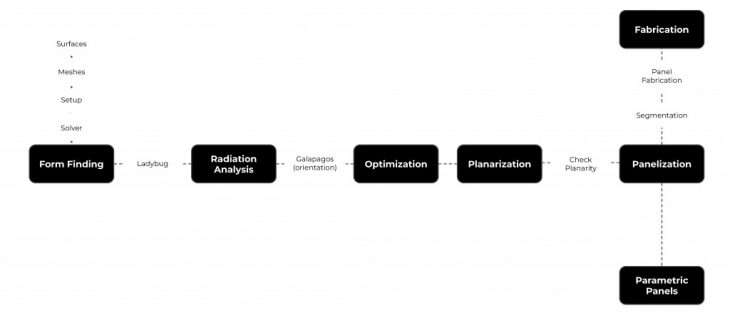
FORM FINDING
Minimal Surfaces has been used as a form finding strategy.
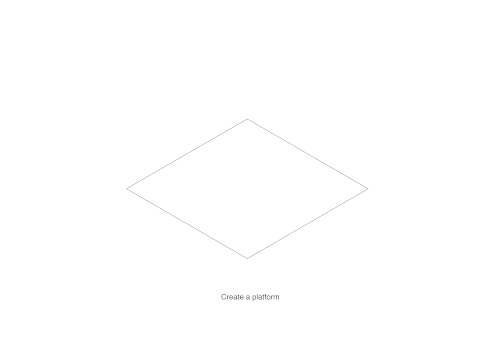
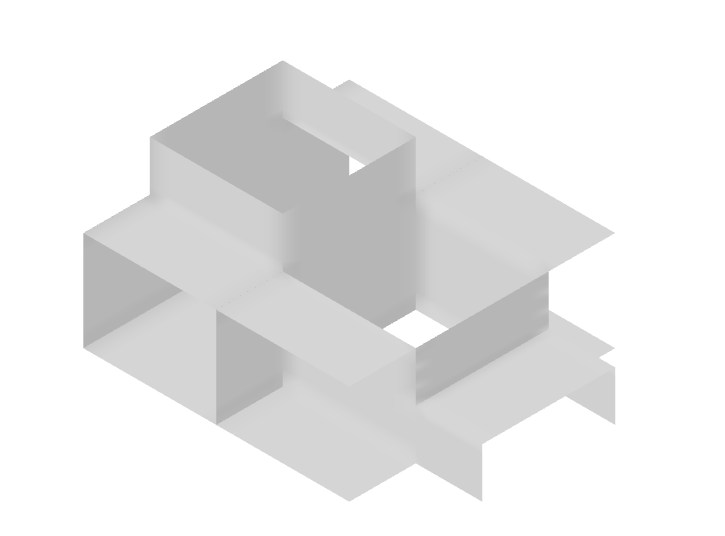
Optimization
Rotation of the structure is the genome and solar radiation was the fitness which was tried to minimize.
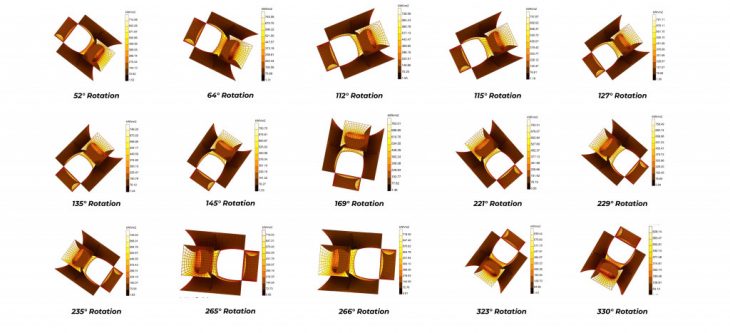
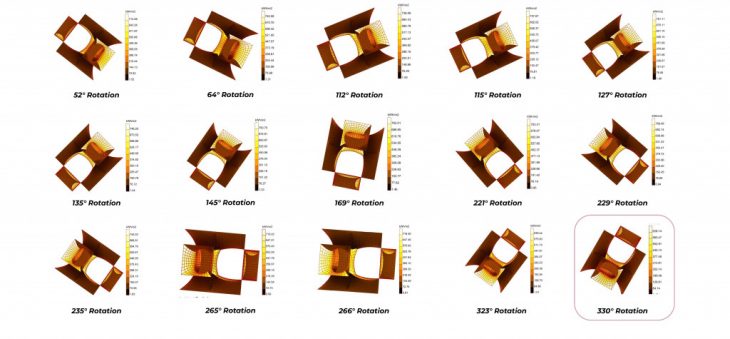
The final chosen rotation after running the Galapagos was 330.
Optimum openings as per radiation
Optimum openings were created using the solar radiation data, to provide the most comfortable experience inside.
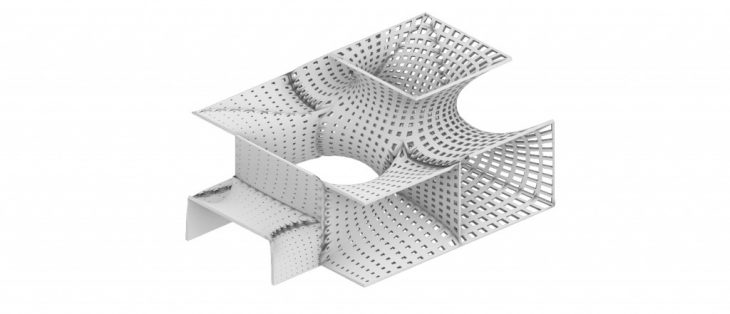
FABRICATION
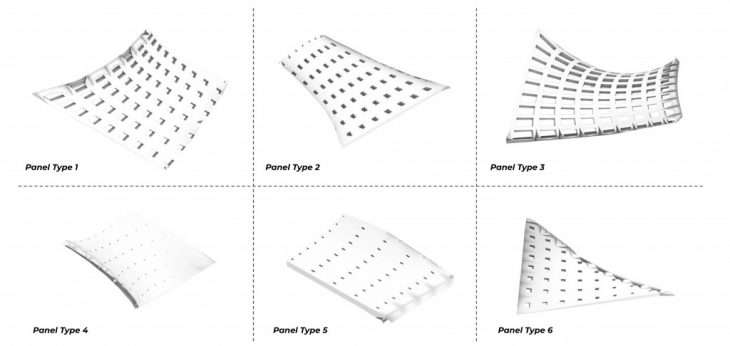
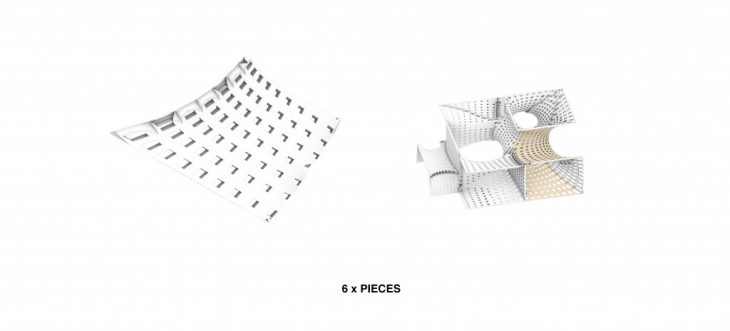
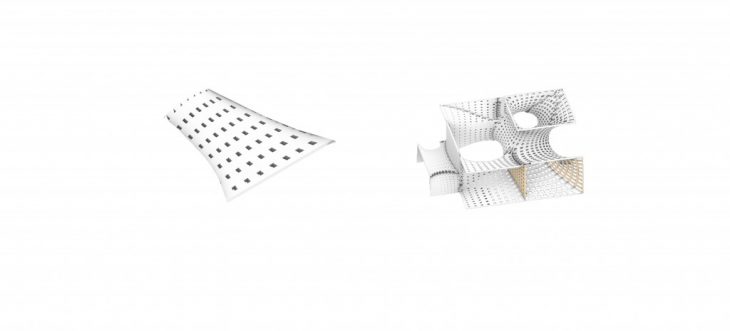
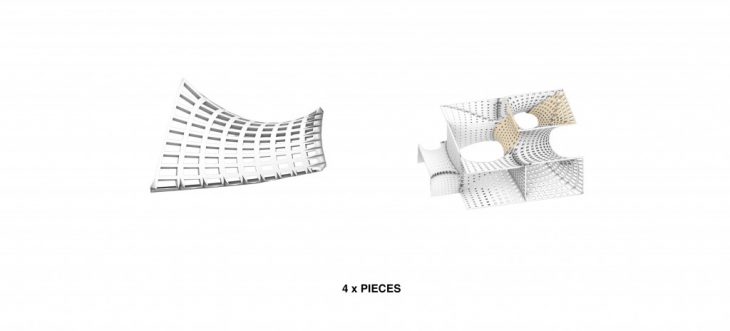
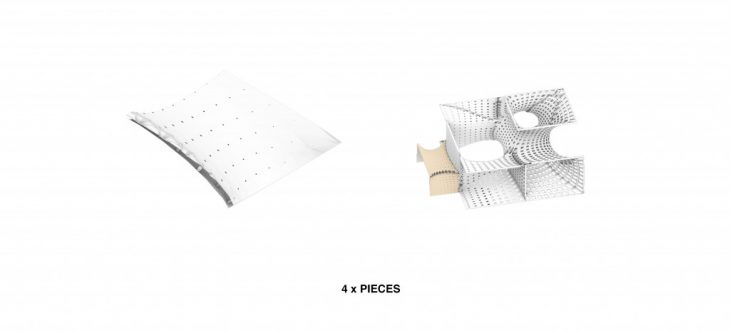
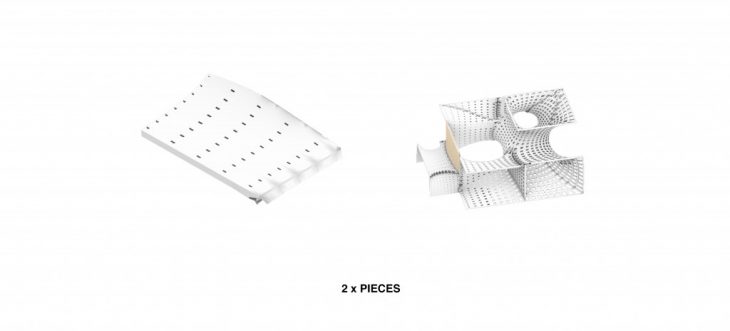
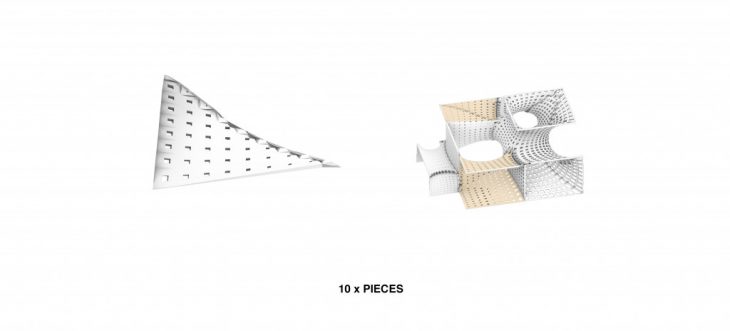
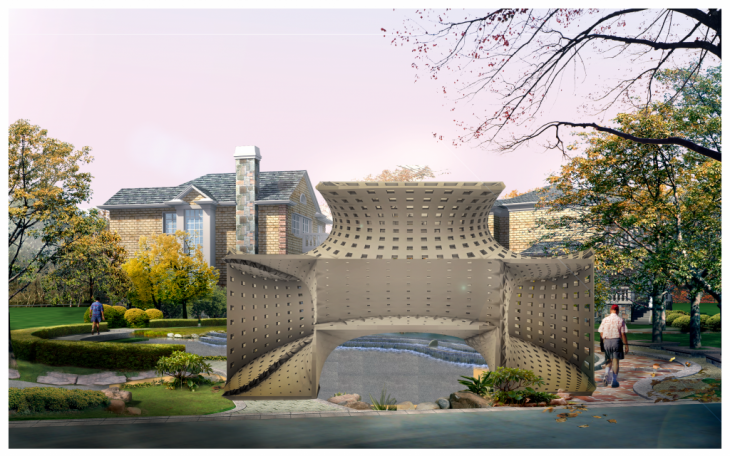
The Madrid Infantil Pavilion | Computational Design II is a project of IAAC, Institute for Advanced Architecture of Catalonia developed at Master in Advanced Architecture in 2021/2022; Students: Neslihan Gülhan, Perniyal Waseem, Disha Dineshchandra Shetty; Faculty: David Andres Leon / Ashkan Foroughi Dehnavi ; Assistant Laukik Lad / Uri Lewis Torres